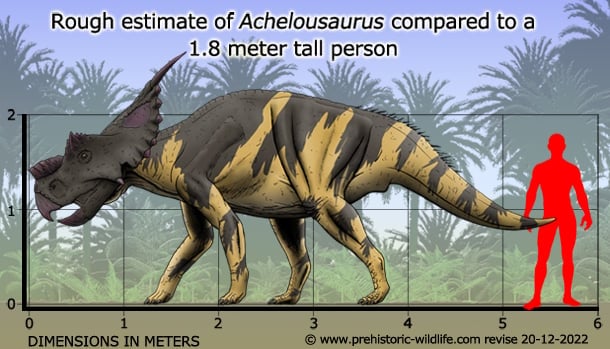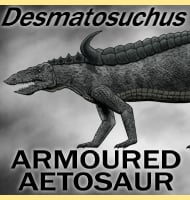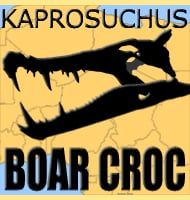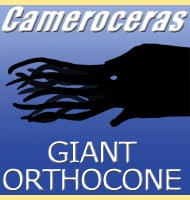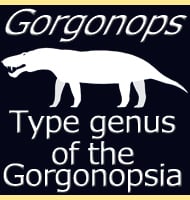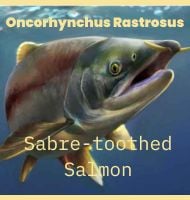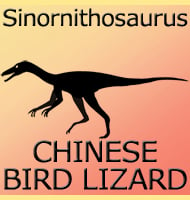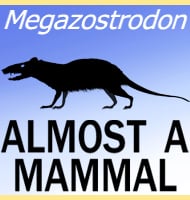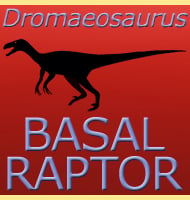In Depth
Achelousaurus may represent something of a transition as even though it has two distinct horns that rise from the top of its neck frill like in Einiosaurus, it has a large nasal boss as seen in Pachyrhinosaurus. This is why Achelousaurus has been considered a transitional form that links these two ceratopsian dinosaurs that goes on to show the gradual development of the centrosaurine line. While not all palaeontologists are convinced to this, it is the clearest line between the early nasal horned centrosaurine ceratopsians like Centrosaurus and the nasal bossed (a large nasal lump as opposed to a pointed horn) Pachyrhinosaurus.
The lack of a nasal horn was the inspiration for the name Achelousaurus, which references Achelous, the patron deity of the Achelous River. In Greek mythology Heracles (sometimes spelt Hercules) got in a fight with this deity and tore off one of his horns. Achelous was also mentioned as having the ability to shape-shift, and again this reflects upon Achelousaurus seemingly shape-shifting from Einiosaurus to Pachyrhinosaurus. Achelous has been combined with the more common Ancient Greek for ‘lizard’.
The loss of the horn of Achelousaurus was probably not as violent as the mythological encounter as it seems to have been gradually formed by the specialisation of Einiosaurus’s nasal horn that curved more and more forwards. This was probably taken by members of the species to be a sign of maturity with the most rounded horns belonging to the most mature individuals. Given time it’s conceivable that the nasal boss would form in place of the increasingly curved horn resulting in Achelousaurus. The growth of a nasal boss as a preferred sexually selected characteristic may in turn have triggered a reduction in the two large neck frill horns resulting in the form of Pachyrhinosaurus.
Further Reading
– Two new horned dinosaurs from the Upper Cretaceous Two Medicine Formation of Montana; with a phylogenetic analysis of the Centrosaurinae (Ornithischia: Ceratopsidae) – Journal of Vertebrate Paleontology 15(4): 743-760. – S. D. Sampson – 1995.
